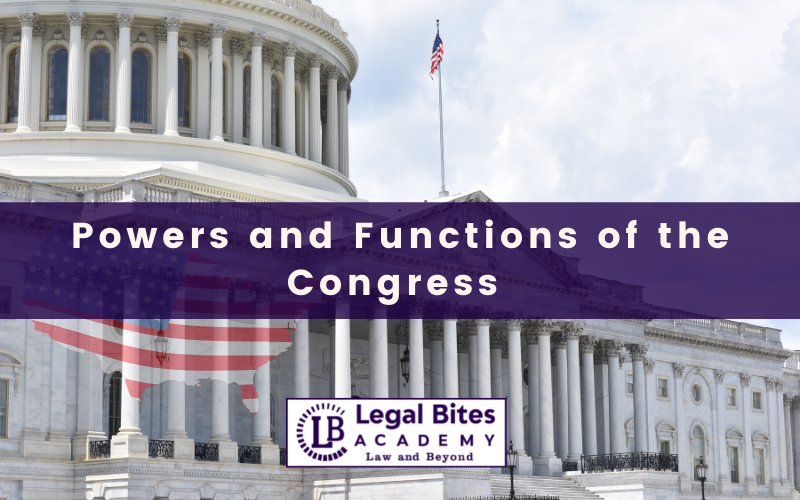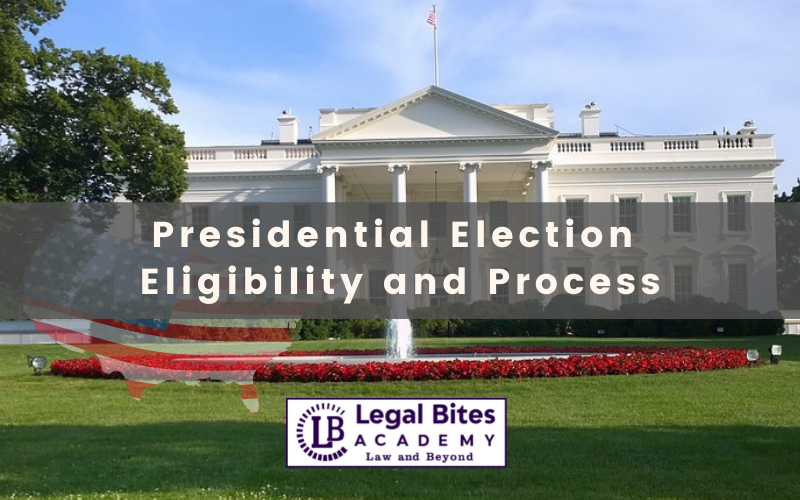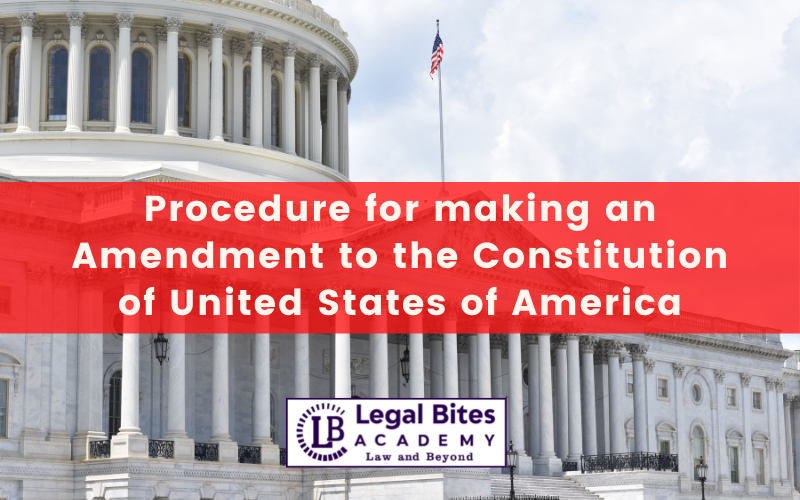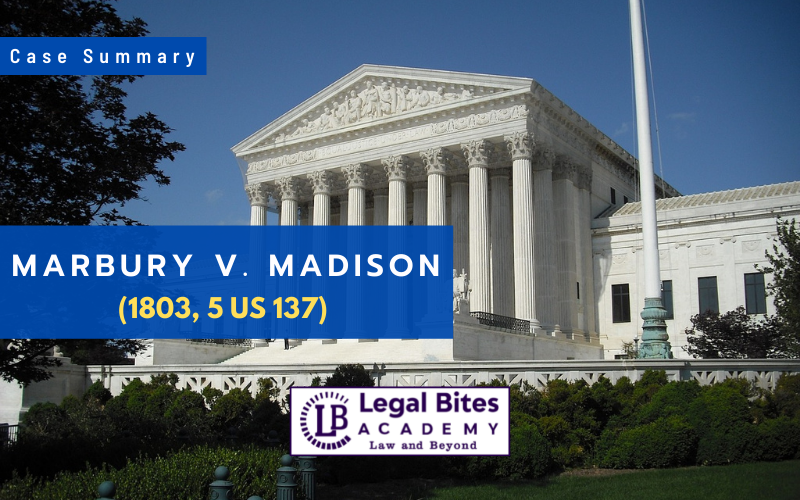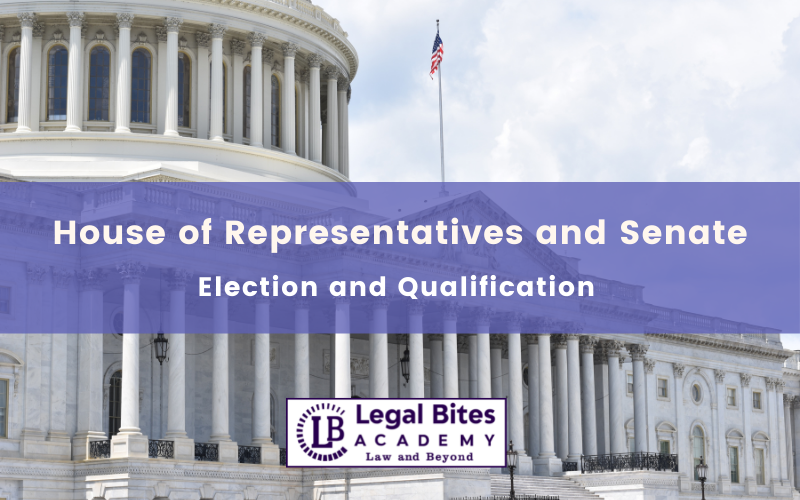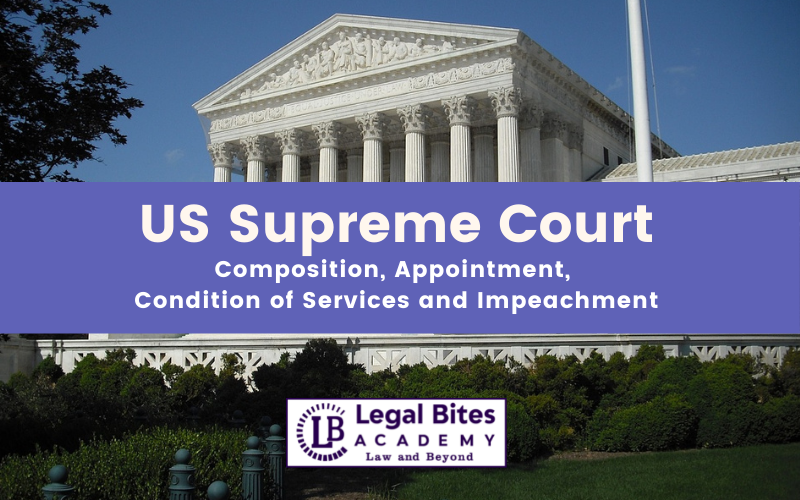Sources of Law in the United States
This article on ‘Sources of law in the United States’ by Nilanjana Banerjee explains the importance of tracing the origins of laws because they are the binding rules that enable any state to govern its territory. Every individual on this planet is governed by some law or the other and the person is bound to abide by such… Read More »
;This article on ‘Sources of law in the United States’ by Nilanjana Banerjee explains the importance of tracing the origins of laws because they are the binding rules that enable any state to govern its territory. Every individual on this planet is governed by some law or the other and the person is bound to abide by such laws. Some laws are derived from legal sources while others have historical sources. The legal sources are more authoritative in nature and they are...
This article on ‘Sources of law in the United States’ by Nilanjana Banerjee explains the importance of tracing the origins of laws because they are the binding rules that enable any state to govern its territory. Every individual on this planet is governed by some law or the other and the person is bound to abide by such laws. Some laws are derived from legal sources while others have historical sources.
The legal sources are more authoritative in nature and they are themselves classified (enacted laws and case laws). The United States identifies three such sources. They are the Constitutional law, Statutory laws and Case laws or common laws.
Constitution and Statutes are enacted while their interpretation by judges, in any case, leads to the formation of case laws. Constitution being supreme of all, it governs other laws too. No law can be in conflict with the constitutional norms. If such laws are framed, courts can declare them unconstitutional. They can do so because they are bestowed with the power of judicial review.
Case laws, earlier called common law are therefore powerful and of much significance. This article aims to discuss all three sources which are followed in the US.
Introduction
Before we know how to interpret laws or what purpose law serves, it is important and pertinent to know what law is and how it exists. “It has been truly observed that no vast literature has been dedicated to answering the questions like ‘what is chemistry?’”[1]
Austin says it is important to define law to establish the province of jurisprudence.
Every country, be it a powerful one like the US or a small country like Nepal, needs law to govern the citizens and maintain decorum in the territory. Is it the only purpose of law or is there anything else too? Where does the law originate from, is it framed by someone? If yes, then who frames it and what are the guidelines based on which such laws are framed?
All these questions are general but very vital. This article aims at answering these questions but in context of the United States only.
What is Law and Its Purpose
Black’s law dictionary defines law as,
“that which is laid down or ordained and established. A rule or method according to which phenomena and actions co exist or follow each other. That which must be obeyed and followed by citizens, subject to sanctions or legal consequences.”[2]
The purpose of the law is that it is considered to be an instrument in society and we need to know its object.
Aquinas and Salmond have claimed that the goal of the law is justice. And, Aquinas added that an unjust law is no law at all.[3] Justice is not an abstract concept, it varies from context to context. For proper dispensation of justice, it is important that the court considers all the citizens equal. In other words, the legal rights of each person should be given equal importance by the court.
But the question still remains the same i.e. where do these legal rights and other legal provisions emanate from?
Sources of Law in the United States (General View)
Sources of law can be classified as historical and legal. The historical sources lack a formal recognition while the latter sources are recognised by the law itself. The legal sources are authoritative and are allowed by courts as a matter of right. Moreover, these sources give birth to new principles in law.
Talking of the legal sources, there must have been some law in existence already which establishes these authoritatively. But now we accept it at times as self-existent.
So, it can be said that every source has a historical aspect but some sources got established by authoritative law and therefore we now count them as having legal sources. If we keep on tracing its origin, we might have to travel to ad infinitum.
The legal sources of law are classified into the following ways-
- From written Constitution
- From legislation
- From Judicial Precedents (landmark case laws)
Basically, we can say that the corpus juris is of two parts. They are enacted law and precedent law. The former can be found in statute books while the latter in law reports or case laws. Moreover, the enacted laws are formal declarations of the new rules by the law-making authoritative body.
While the case law is either a new interpretation to the existing law or making or law by application of new rules in process of administering justice. Other than all of these, there are customary laws too. These are constituted of such customs which fulfil all the requirements as laid down (in law) to be legally recognised conduct.
Sources of Law (US Specific)
In the United States, there are basically, three sources of law-
- Constitutional law
- Statutory law
- Case laws
Constitutional Law
The first source is constitutional law. Unlike India, where there is one constitution, in the US there are two constitutions applicable in one state. Those two are the federal constitution or called the Constitution of the United States of America and the state constitution.
The former is applicable throughout the US while the latter is state-specific. The purpose of both these constitutions is to regulate government action and protect private individuals.
Suppose Linda stands in any public place in the US and criticises any government policy. Other persons around her can get frustrated but no one can get her arrested as the 1st Amendment to US Constitution protects her freedom of expression (which is inclusive of the right to speak freely).
But if Linda stands in any private office and criticises the employer of that place, she can be ejected immediately. This difference in treatment explains that Constitution provides protection against the state only and not against private bodies.
Out of the three sources of law, constitutional law is the supreme and highest source. No other source should supplant this source. Further, out of the two Constitutions, the federal constitution holds a position of greater eminence and supersedes the words of the state constitution.
Article VI of the Federal Constitution says that:
“ This constitution and the laws of United States which shall be made in pursuance thereof; and all treaties made, or which shall be made, under the authority of the US , shall be supreme law of land ; and the judges in every state shall be bound thereby, anything in the constitution or laws of any state to the contrary notwithstanding.”[4]
This is called federal supremacy and the legal system of the US conforms to the principle of Federalism. Hence there remains scope for conflict between federal law and state law, but this is resolved by the supremacy clause of the federal constitution.
Example of conflict – Federal law prohibits the use of Marijuana under any circumstances but in several states, the use of marijuana for medical purposes is legal. Both these laws are in conflict with each other. Moreover, state laws violate the supreme federal law. Until and unless the federal supremacy issue is addressed, such statutes may continue to exist.
Statutory Law
The second source of law is statutory law. Statues are written and published law. Either it is written and then voted into law by the legislative branch of the government or the state citizens can vote a state statute into law.
The legislative branch of the government exists for the federal legislature as well as the state body. It consists of a group of individuals who are elected for this purpose of making laws and are called Congress (federal level).
The statutory source of law is inferior to constitutional law. It simply means that the laws/ rules are laid down by any statute should not be in conflict with the constitutional norms.
The statute should aim at superseding the constitutional law.
In case, there exists a conflict between statutory laws and constitutional norms, then courts step in to resolve the conflict. Courts can use their power of judicial review to invalidate such constitutional statutes. Judicial review is the power of the judiciary, by virtue of which, the judges (during the proceedings) review the constitutionality of any statute.
It signifies the independence of the judiciary in determining whether the Acts are in consonance with constitutional norms. Further, if the court finds that it conflicts with the constitution, it can nullify such violating statutes. One of the biggest examples is Texas v. Johnson[5].
It was in 1984, Republican National Convention was held in Dallas City Hall. During this, Gregory Johnson with some political activists reached there and put kerosene on the American National Flag and burnt it. Johnson was arrested and convicted under Texas state law. He appealed and argued that it is a form of symbolic speech protected by the 1st Amendment to the US constitution[6].
The US Supreme Court ruled in favour of Johnson and agreed that it was symbolic speech. Further, it added that symbolic speech is protected by the 1st Amendment, no matter how offensive to some. This shows that state statutes are inferior to US Constitution and can be invalidated by the court.
The administrative laws, as well as the ordinances, also form a part of the statutory laws.
Case Laws
The third source is the case laws. Before the settlement of the US, case laws were the most prevalent source of law. But the countries which followed Roman law relied more on the written codes of conduct enacted by the legislature.
The English judges made it a policy to follow the previous judicial decisions and created a uniform system of laws throughout the country. It was then called Common law. This English system then made its way to the US and every state accepted the common law.
But with growing hostility towards England, the states started preferring codification of laws. States started replacing common law with the statutory law enacted by the legislature. In this process of converting common law into written statutes, ordinances, Sir William Blackstone’s commentaries on the laws of England became vital and reliable references.
Despite being a prime source of law, in old times, case laws have their own limitations. One of such limitations is ‘nullum crimen sine lege, nulla poena crimen’ meaning no crime without law, no punishment without crime.
To understand this better, it is pertinent to refer to US v. Hudson and Goodwin[7]. In this, an article was published by Hudson and Goodwin about the then-president and Congress. They were charged with libel, but there was no congressional act concerning that. The court established that jurisdiction of the court was limited to congressionally specified acts.
It further added that the judges cannot create crimes as it would not be fair and consistent to make up a new crime to punish the defendant. It violates the fairness and principle of legality which are the soul of the American criminal justice system. States must define the criminal act.
If there is no existing statute criminalising the concerned behaviour, then the doer cannot be punished even if the act is abhorrent. Also the Model Penal Code states that ‘ no conduct constitutes an offence unless it is a crime or violation under this code or any statute of the state’[8]
At times the concept of the inability of courts to create a crime can affect things differently. Like in Keeler’s case wherein the pregnant wife was attacked by her husband and the baby was stillborn. But the court refused to convict the husband as ‘foetus’ was not considered a human being under California Penal Code.
Though other sources of law are superior to case laws, but the power of case laws cannot be undermined. The judges can interpret the constitution or statutes in a way that can add new exceptions to the rule, thereby making it powerful. Moreover, the power of the jury to determine the constitutionality of any statute makes it further powerful.
Although US considers constitutional law as prime source, but significance of other sources cannot be neglected. Every source has a vital role to play.
Conclusion
Laws are very vital for any country. But how the laws exist, what are their sources becomes a very basic and important question.
In general, there are historical and legal sources. The former being of no authority and the latter of much authority. Legal sources create or make way for the laws. Every law has some historical aspect too. But sometimes in past, they might have been established by any law and thus have become a legal source.
In the context of the US, there are three sources of law. Constitutional law is supreme of all. Then are statutory laws and case laws. Each has its significance. Statutory laws cannot supersede constitutional norms, if it does then the court can check such action by nullifying the act, this is by virtue of judicial review.
Reference
[1] PJ Fitzgerald, SALMOND On JURISPRUDENCE 09 (12th ed. 2019)
[2] Black’s Law Dictionary (4th ed. 1968)
[3] PJ Fitzgerald, SALMOND On JURISPRUDENCE 111 (12th ed. 2019)
[4] U.S. CONST. Art. VI
[5] Texas v. Johnson, 491 U.S. 397 (1989)
[6] U.S. CONST. Amend. I
[7] US v. Hudson Goodwin, 7 Cranch (11 U.S.) 32 (1812)
[8] Model Penal Code, U.S.C. S.1.05 (1962)


